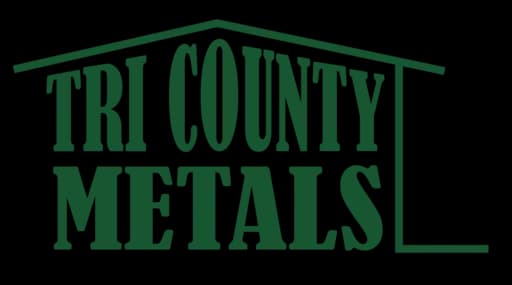Roof Inspection Checklist: What Every Florida Homeowner Should Know
Believe it or not, the average roof protects your home for about 20 years—but only with proper care. That’s why using a roof inspection checklist is so important.
Most homeowners don’t regularly examine their roofs, which means small issues often go unnoticed until they become expensive problems. A professional roof inspection helps catch minor damage before it gets worse.
Here’s a simple yet effective roof inspection checklist to help you understand what inspectors look for and how you can prepare for your own roof checkup.
Take the first step
Schedule a fast, no-pressure visit. Since 1987 we’ve got you covered.
Get startedThe Profile of the Roof
A roof inspection often starts from the ground. The inspector evaluates the overall roof shape and slope to check for sagging lines, warped profiles, or uneven surfaces. Peaks should be parallel to the ground and not bulging or dipping in areas.
If your roofline looks warped or uneven, it may indicate internal damage that could compromise your home’s structure. Address these issues promptly to avoid expensive repairs later.
Inspect the Roofing Materials
Next, the inspector evaluates the condition of the actual roofing materials. With metal roofing, they’ll look for rust, dents, or lifted panels. For asphalt shingles, they’ll examine for curling, cracking, or missing granules.
Even one missing shingle can cause a leak. If wear and tear are widespread, a roof replacement might be the smarter long-term choice.
Monitor Flashing for Rust and Cracks
Roof flashing—found around chimneys, skylights, and vents—is essential for waterproofing. Rust, warping, or separation from the surface means water could be leaking into your home. Damaged flashing should be repaired or replaced immediately.
Check the Gutters
Gutters help carry rainwater off the roof and away from your home’s foundation. During an inspection, they’ll be checked for:
- Clogs or heavy debris
- Separation from the fascia board
- Improper slope or drainage
Neglected gutters can allow water to seep into your roof decking and walls, leading to rot and mold.
Attic Insulation and Ventilation
Inspectors also go inside the attic to assess insulation and ventilation. Proper attic airflow prevents moisture buildup and helps extend the life of your roof.
They’ll check the rafters and sheathing for dampness, mold, or signs of critters. If your attic feels too warm or humid, ventilation may be inadequate, increasing the risk of future roof damage.
Check for Mold and Rot
The inspector will look for mold or wood rot in the attic or roof decking. Even if insulation looks okay, trapped moisture can lead to serious structural and health issues. Mold is not just a cosmetic concern—it can lead to respiratory problems and worsen allergies.
Evaluate Overall Installation Quality
Was your roof installed correctly? Poor installation can reduce the lifespan of even the best materials. A trained eye can spot issues with nail patterns, underlayment, or alignment that may cause leaks down the road.
If your inspector raises concerns about how your roof was installed, take their advice seriously and address the problems proactively.
Use This Roof Inspection Checklist to Prepare
Every home and roof is unique, but this checklist gives you a clear idea of what professional roofers evaluate. To make your inspection smoother:
- Clear a path to attic access points
- Move patio furniture or vehicles away from roofing access zones
- Take note of any recent roof issues you’ve noticed
If it’s been a while since your last inspection—or you’ve noticed signs of trouble—schedule a professional inspection with SonShine Roofing. We’ve been helping Sarasota homeowners protect their roofs since 1987.















